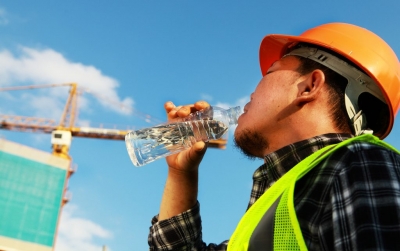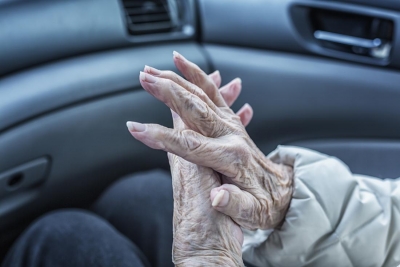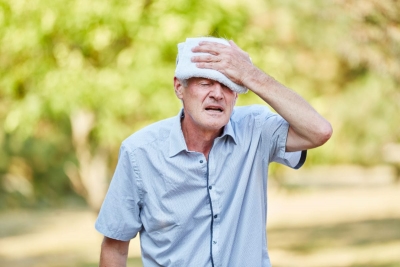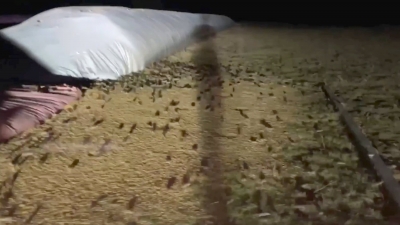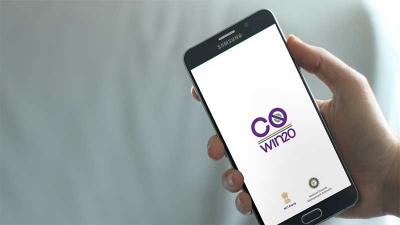
With the world's largest vaccination drive going on in the country, you may have heard people mention Co-WIN. What is it?
The government which launched the anti-coronavirus vaccination drive on January 16, 2021, by inoculating frontline and healthcare workers, has extended it in the next phase to senior citizens (those above 60 years) and those aged 45 or older with comorbidities (pre existing health conditions). How can they get vaccinated? First they should register themselves on the anti-coronavirus vaccine registration portal called COWIN
A mobile app
COWIN is a mobile app rolled out by the government to ensure smooth implementation of the vaccination process. Owned by the Ministry of Health and Family Welfare, COWIN is said to be an extension of the eVIN (electronic Vaccine Intelligence Network), which has been used in crucial immunisation programmes across the country. COWIN stands for COVID-19 Vaccine Intelligence Network. The COWIN system identifies target groups, registers beneficiaries, allots vaccine centres subject to availability, and keeps track of the beneficiaries. Not just that, it also keeps track of the vaccines at the national, State and district level on a real-time basis. With every detail uploaded on the digital platform, utilisation, wastage, and coverage of the vaccination campaign can be constantly monitored.
How to register
The COWIN app is meant for administrators, supervisors, and vaccinators, and not for us, the general public. People can register for the anti-COVID vaccination through the COWIN portal http:// www.cowin.gov.in and through the Aarogya Setu app (Remember this app was launched to detect contact tracing when the pandemic broke out?), which has been integrated with the COWIN app. Besides, there is a walk-in provision for people to get themselves registered and vaccinated at the nearest centre.
Registration on the COWIN portal opened on March 1. People need photo identification proof to register - they can use their Aadhaar card, Driving Licence, Voter ID, or PAN card, among others. In the initial days, the app faced some technical glitches. But it is said that they have been taken care of subsequently. Further, it is said that the personal data of beneficiaries stored on COWIN is secure and hence will not be available in the public domain.
The vaccines being administered in the country should be given in two doses. They are being provided free of cost at government vaccination centres, while at private centres, they cost Rs. 250 per dose.
Picture Credit : Google
